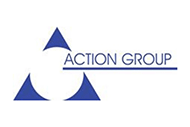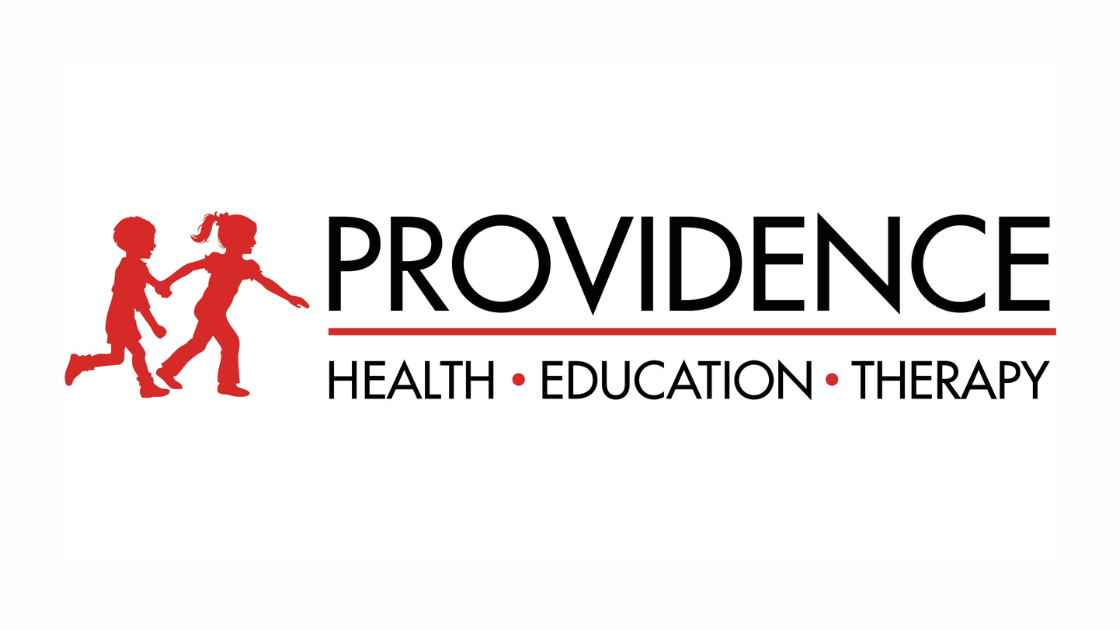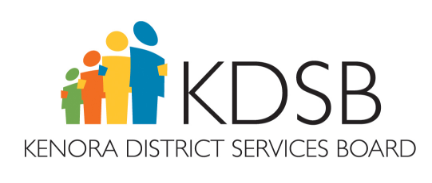National Arts Centre’s ERP Journey: From Complex Choices to Confident Decisions
A thoughtful process built trust and confidence in the ERP decision.
For us, success wasn’t just about picking the right technology—it was about creating an evaluation process that engaged the right people, asked the right questions, and gave us confidence in our choice.
National Arts Centre
About the National Arts Centre (NAC)
The National Arts Centre (NAC) is Canada’s bilingual, multidisciplinary home for the performing arts. Based in Ottawa, the NAC presents, creates, produces, and co-produces programming in English and French across Canada. Its mission is to support artists and bring world-class performances to audiences nationwide.
Ikram Zouari, Chief Financial Officer, led NAC through its ERP evaluation and eventual implementation. With over 25 years of experience across cultural institutions, government, and the private sector, Ikram brought deep expertise in financial modernization to the process. NAC approached the ERP evaluation as an opportunity to strengthen how decisions were made, ensuring the process built trust with the NAC team and reflected the organization’s long-term vision.
National Arts Centre
The Challenge: Turning a
Complex Selection into a Confident Choice
An ERP system impacts every corner of an organization: finance, HR, payroll, and reporting. At NAC, the stakes were particularly high given the complexity of operations and the need to ensure transparency and accountability in a national cultural institution.
One factor that made NAC especially unique was the need to manage two parallel implementations: one for the NAC as a public sector organization, and another for the NAC Foundation, which uses fund accounting. Two systems, two sets of rules. That duality added a new layer of complexity to every step of the process.
Key challenges included:
- Evaluating vendors fairly and objectively
- Engaging diverse voices without slowing down the process
- Balancing immediate needs with long-term organizational priorities
- Designing a selection process that could work across two distinct entities
As Ikram explained:
“We didn’t want to just solve today’s issues. Our goal was to build a process that gave us confidence the system would serve NAC for years to come.”
National Arts Centre
The Process:
Building a Transparent and Inclusive Evaluation
NAC’s evaluation was carefully structured to prioritize clarity, inclusiveness, and rigor. With so much at stake, the team invested heavily in preparation—starting a full year before procurement.
Highlights of the approach included:
- Cross-functional collaboration: Finance, HR, IT, and leadership were fully engaged.
- Defined evaluation criteria: Usability, integration, vendor relationship, security, and cost.
- Standardized scoring tools: Ensuring each system was reviewed consistently and objectively.
- Real-world testing: Vendors were asked to demonstrate how their systems would handle NAC’s specific operational scenarios.
- Statement of Work as a reference point: NAC created its own SOW before selecting a vendor, outlining milestones, responsibilities, risks, and mitigation strategies. This document became the “north star” throughout the project.
“When people trust the process, they trust the outcome.”
— Ikram Zouari, Chief Financial Officer, National Arts Centre
This process created a sense of shared ownership across departments and reduced the risk of bias or fragmented decision-making.
As Ikram put it:
“The process mattered more than the product at first. By designing the evaluation carefully, we made sure the eventual choice would stand up to scrutiny.”
The Outcome:
Safer, Faster, Sharper Operations
Laying the Groundwork
“We spent a year preparing before procurement. We met with every department, documented existing processes, and asked: what do you need to improve? Then we looked at how to adapt some processes to the new system without customization and where customization was critical.
We realized early on that success meant adjusting some of our processes to the system, not forcing the system to mirror the past. That mindset is critical.”
Clarity Through Documentation
“We treated [the SOW] as our reference document. It outlined milestones, defined responsibilities for both sides, and listed risks with mitigation strategies. Throughout implementation, we went back to it again and again: are we still on track? Is this in scope? Having our own statement of work gave us clarity and made discussions with the vendor more productive. It reflected our needs but made roles and responsibilities clear.”
Building the Right Team
To ensure long-term sustainability, NAC invested in internal expertise before implementation began.
“I brought in three people: a system administrator, a CPA with data science skills, and a BI specialist. They learned the system as it was built. They became trainers for other staff, and they led change management.
That was key. You need internal experts, not just vendor support. The ‘train the trainer’ model gave us sustainability.”
Making Demos Count
“Because we prepared for a year before procurement, when it came time for demos, we weren’t starting from scratch. We already knew our requirements. We sent vendors our questions ahead of time, so they came prepared.
That made the demos efficient. We didn’t waste time. We got the answers we needed and could compare each vendor fairly.”
Taking a Phased Approach
NAC also avoided overloading its team by phasing in functions over time.
“For example, we delayed inventory and invoice approvals until later phases. The system could do them, but we weren’t ready. The point is: don’t overload your team or your budget. Begin with core functions, then layer on new capabilities in later phases.”
Turning Skeptics into Champions
“We opened the process to everyone. If someone had a good idea, we adopted it. That gave people ownership.
One example: an administrator from English Theatre suggested a new way to structure cost centers. We adopted her approach, and she became a champion. She even reviewed new forms and continues to give input today.
That kind of empowerment builds trust and turns skeptics into champions.”
National Arts Centre
The Decision:
An Outcome Built on Collaboration
After completing the evaluation, NAC selected Sparkrock as its ERP partner.
The decision was not about a single standout feature, but about alignment with NAC’s long-term vision. Sparkrock provided:
- Strong security for sensitive organizational and employee data
- Flexibility to support NAC’s unique programs and structure
- A trusted partnership rooted in collaboration, not transactions
As Ikram reflected:
“When we looked back, the success wasn’t just that we chose Sparkrock—it was that our evaluation process gave us confidence we made the right choice.”
National Arts Centre
The Outcome
A Model for Future Decision-Making
The ERP evaluation process provided NAC with lessons and practices that extend well beyond technology.
Through transparency, collaboration, and trust, NAC created a process that ensured buy-in and produced a decision the organization could stand behind.
As a result, they gained an ERP system that supports NAC’s operations today, and an evaluation framework that will guide future organizational decisions with the same level of confidence.
“The ERP evaluation showed us that if you get the process right, the outcome will take care of itself.”
Read Other Success Stories
-
 The Canadian Museum of HistoryCMH was able to reclaim the equivalent of 24 business days per year thanks to updated reporting tools in Sparkrock.Read their story
The Canadian Museum of HistoryCMH was able to reclaim the equivalent of 24 business days per year thanks to updated reporting tools in Sparkrock.Read their story -
 Rehoboth Christian MinistriesPayroll that once dragged on for days now takes hours, giving Rehoboth clarity and control of their finances.Read their story
Rehoboth Christian MinistriesPayroll that once dragged on for days now takes hours, giving Rehoboth clarity and control of their finances.Read their story -
 District of Nipissing Social Services AdministrationWith Sparkrock, DNSSAB eliminated manual workarounds, saved $50K annually, and delivers real-time reports that once took weeks—in just two days.Read their story
District of Nipissing Social Services AdministrationWith Sparkrock, DNSSAB eliminated manual workarounds, saved $50K annually, and delivers real-time reports that once took weeks—in just two days.Read their story
Are you ready to spark change?
With Sparkrock, you'll have the tools to manage your finances and workforce more efficiently so you can focus on what you do best. Go from paper-based processes to intelligent cloud-managed workflows, and access the data you need to make a real difference in your school community.








